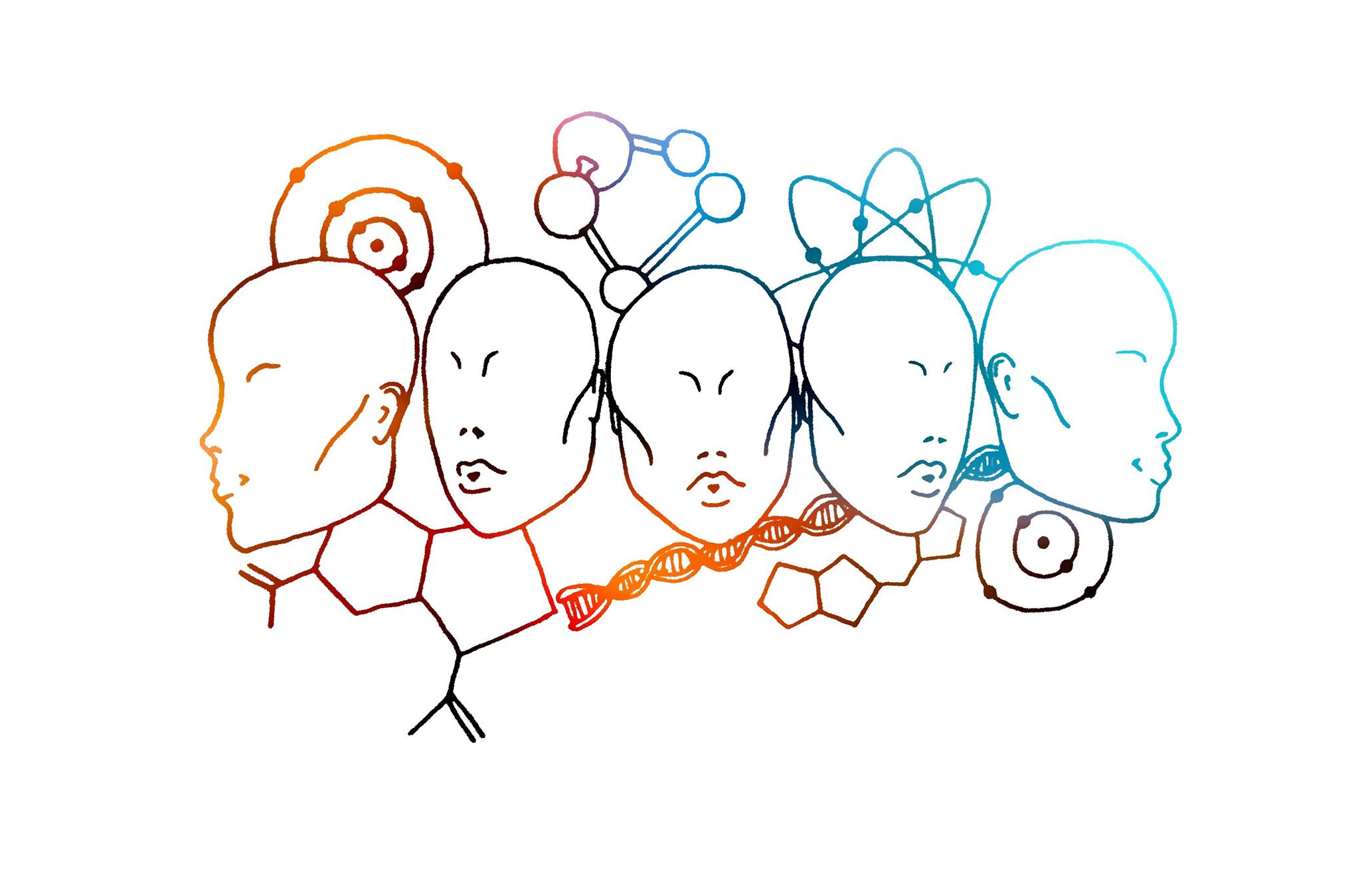Back for Spring 2015, the third season of Orphan Black, a BBC America sci-fi series that follows Sarah Manning and her clones as they fight to stay safe from the company that created them, has come to a close. Airing on BBC America in the United States and Bell Media’s Space in Canada, the series received widespread acclaim when it first premiered in 2013, with critics and fans praising Tatiana Maslany’s versatile performance of Sarah Manning and the other Project Leda clones, each with its own personality, aesthetic, and, often, accent.
But while Season 1 set the stage to showcase Maslany’s acting amidst a relatively exciting plot, Season 2 lost its way. After the reveal in the Season 2 finale of Project Castor, the male-clone counterpart to Project Leda that had been retained by the military when its sister experiment was taken over by the Dyad Institute, expectations were high for Season 3 to showcase as interesting an assortment of Castor clones as Maslany had shown with the Leda ones, hopefully rebooting the show’s initial aspect of spectacle.
After the Castor clones’ dramatic reveal, Season 3 continued in a more soap operatic vein than sci-fi.
Season 3 delivered little of that spectacle. Raised as a unit in military fashion by a woman they see as their mother, the Castor clones are immensely similar, and succeed in only adding more emotional weight. Although their similarity allows further contemplation of the nature versus nurture debate that Orphan Black is always exploring, actor Ari Millen’s characters came at a time when their uniformity blended into the larger worries of Sarah and the Leda clones. Season 3 failed to explore what such a uniformity meant in contrast to the heterogeneity of the female clones, and the boys became just another threat to Sarah’s peace and happiness.
After the Castor clones’ dramatic reveal, Season 3 continued in a more soap operatic vein than sci-fi. Having barely appeared in recent episodes, Paul, the group’s military insider briefly seen in Season 2, suddenly plays a large part in helping Sarah escape military prison in Episode Six (“Certain Agony of the Battlefield), only to confess his love for her before self-detonating in an attempt to kill one of the Castor clones and his mother. Paul, where have you even been?!
The finale was a moment for the viewer to remember just what made this show spectacular from the start and emphasized the ways it is still improving.
In the season’s penultimate episode (“Insolvent Phantom of Tomorrow”), Sarah and her foster mother, Siobhan, find the original Castor DNA, which belongs to none other than Siobhan’s own mother. Questioning her, they learn that she absorbed a male twin in the womb, and thus has two sets of DNA. She is Leda, she is Castor, and this is all way too much for me.
Amidst its seriousness, Season 3 had glimpses of brilliance. The few moments of fantasy and excess—like the extended pregnancy dream that starts the season, Helena’s delusions of a talking scorpion, and Alison and Donnie’s money throwing in their underwear to RiFF RAFF’s “Dolce & Gabbana”—exaggerate each clone’s differences, and manage to relieve some of the stress of following the series’ actual plot, though not frequent enough to truly dispel it. For the heaviest moments, there was always Delphine’s killer new hairstyle to get us through.
The finale of Season 3 puts most of the remaining Leda clones around a dinner table with even fewer jolting cuts and pans than the finale of Season 2, showing how far technology has come to simulate a room full of people played by a single actress. The finale was a moment for the viewer to remember just what made this show spectacular from the start and emphasized the ways it is still improving.
Even with Season 3’s failure to impress, Season 4 is looking up. With the Season 3 finale reveal that the Neolutionists, a group out of science fiction heaven who use genetic modification recreationally and often with aesthetic ends, have been pulling the strings behind Projects Leda and Castor the entire time, Season 4 will hopefully be showcasing some new shiny-eyed villains and a few unknown clones to help fight them. And hopefully they have a bit more fun along the way.

